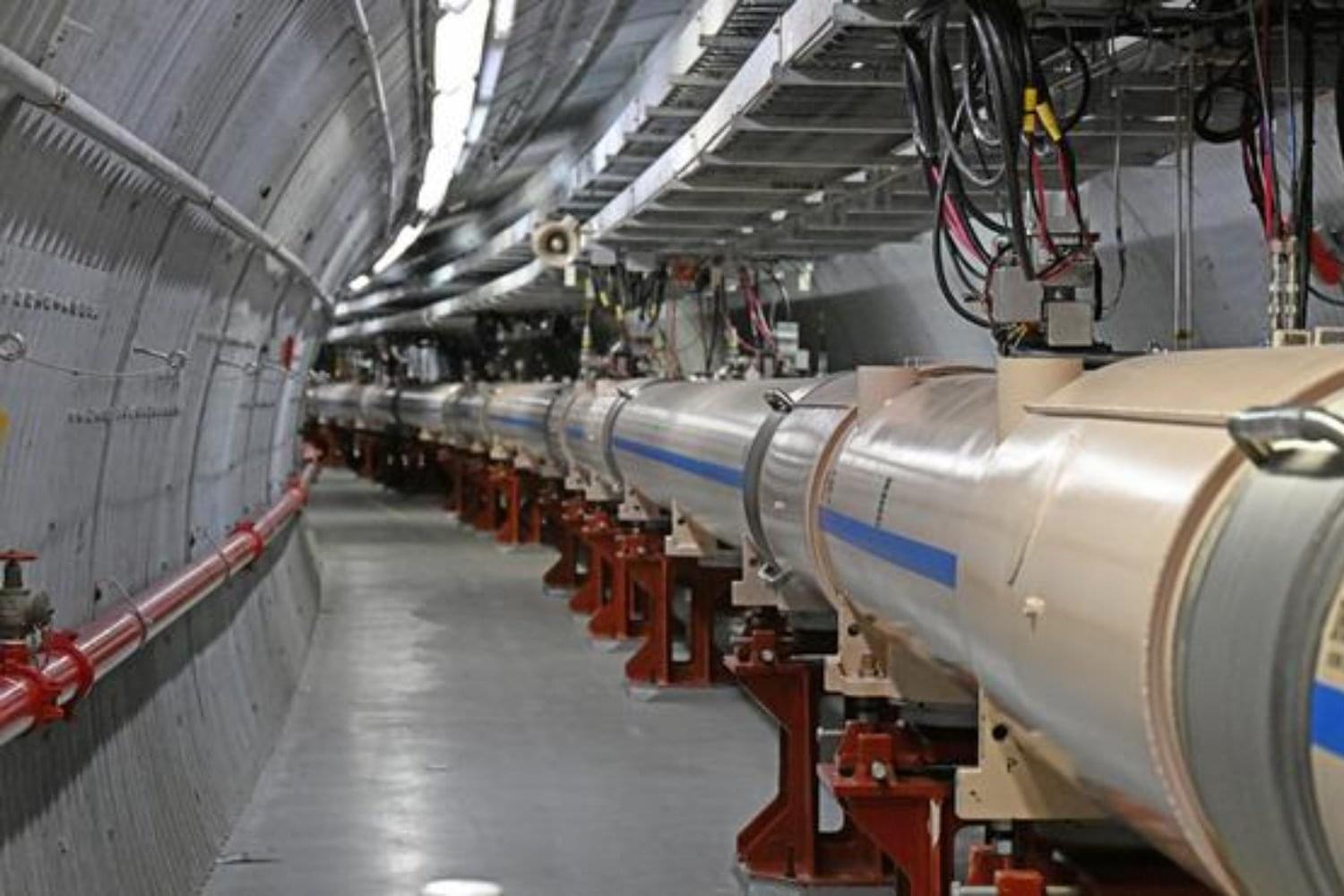After 25 years of smashing gold nuclei together at light speeds, Brookhaven National Laboratory’s Relativistic Heavy Ion Collider is hanging up its boots—erm, superconducting magnets.
The collider’s final run—its 25th—kicked off this week on Long Island, in a swan song for the venerable collider that will be succeeded—in fact, transformed into—Brookhaven Lab’s Electron-Ion Collider (EIC). Over the course of 2025, RHIC physicists will complete data collection on quark-gluon plasma, the soup of particles that existed in the earliest days of the universe.
“The original idea behind RHIC was to create, for the first time on Earth, a state of matter that existed in the universe a few microseconds after the Big Bang: the quark-gluon plasma, and we did,” said James Dunlop, the associate department chair for nuclear physics at Brookhaven Lab, in a call with Gizmodo. “That’s one of the big legacies—that we actually created it—but the more interesting thing is that its properties were quite different from what we’d expected them to be.”
